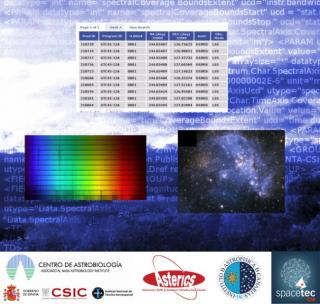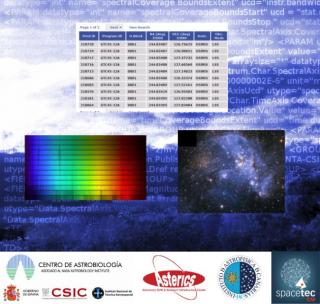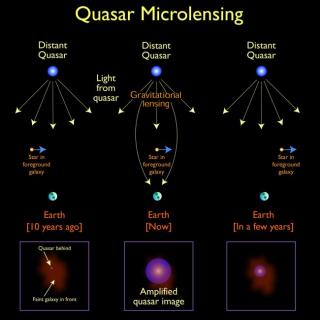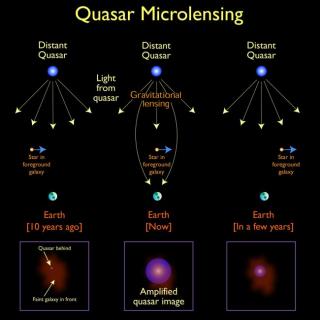
Este programa de radio de actualidad científica, producido por el Instituto de Astrofísica de Canarias, celebra su episodio número 100 respaldado por el éxito de informar y divulgar la Ciencia de forma distendida y accesible.
Advertised on




